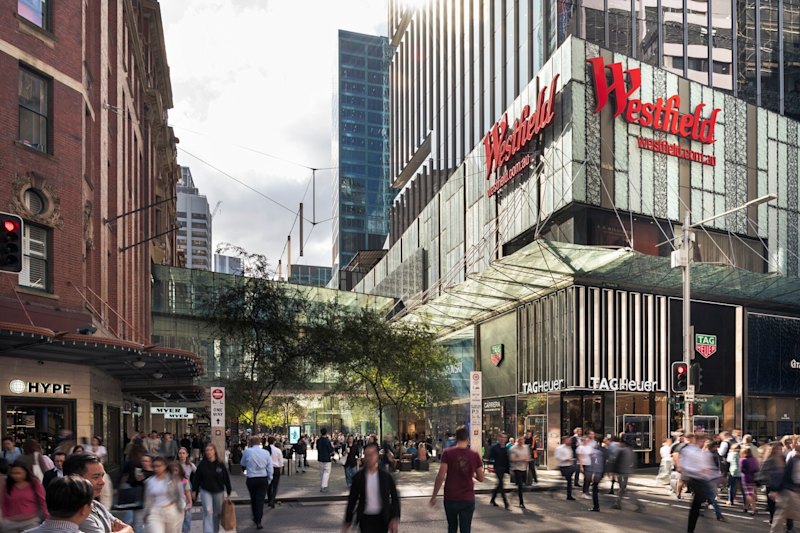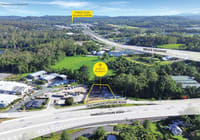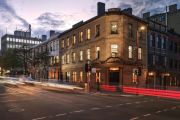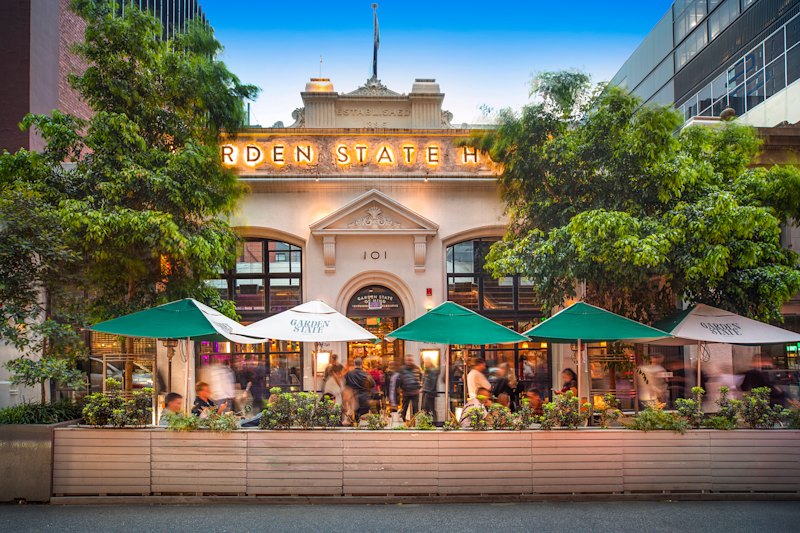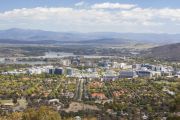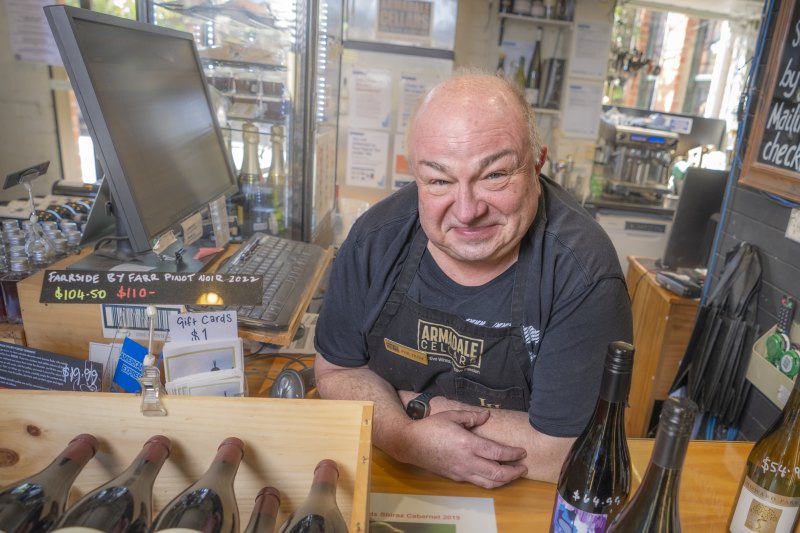
Working from home brings suburban strips back to life
The stubborn work-from-home trend may have created a major headache for CBD landlords as vacancy rates soar, but it’s been a boon for many suburban shopping strips that are reviving as people shop and spend locally.
In Melbourne’s affluent south-eastern suburbs, the vacancy rate on High Street Armadale – famous for its bridal shops, fashion boutiques and cafe culture – has more than halved in two years to just 2.3 per cent, according to Fitzroys’ 2024 Walk the Strip Report.

It’s one of 26 Melbourne suburban retail strips – more than 70 per cent of the 37 surveyed this month by the commercial real estate agency – where vacancy rates are running below their long-run average.
Other well-known strips where vacancy rates have fallen sharply recently include iconic fashion destination Chapel Street, South Yarra (down to 7.1 per cent from over 20 per cent four years ago), ultra-trendy Smith Street, Collingwood (down to 3.2 per cent from over 8 per cent two years ago) and grungy St Kilda haunt Acland Street (down to 9.4 per cent after peaking at almost 15 per cent three years ago).
It’s a similar story in Sydney’s eastern suburbs with health food stores, frozen yoghurt chains and sashimi bar operators leasing up shops in Paddington’s Oxford Street and Gould Street, Bondi Beach, according to Zorick Toltsan, managing director of Ray White Commercial eastern suburbs.
“If you drive down Oxford Street, the number of vacant shops is nowhere near what it used to be five years ago,” Mr Toltsan said.
Fitzroys associate director James Lockwood said the biggest driver of the revival of retail strips was the work-from-home trend.
“This has supported suburban business as greater numbers of Melburnians go to their local villages to get a coffee, something to eat, go to the gym or do a pilates or yoga session, or get their hair and nails done,” he said.
Mr Lockwood said work-from-home coupled with population growth and the completion of new residential apartments above or near retail strips were strong motivators for hospitality businesses to open new premises.
“Gaps are being identified in the market and new food concepts from places like Hong Kong and elsewhere are being brought to these strips,” Mr Lockwood said.
Phil Hude, who has operated high-end wine merchant Armadale Cellars on High Street Armadale for almost three decades – and survived the “rollercoaster ride” of high vacancy rates and the catchcry that shopping strips were “dead” – said work-from-home had been a big positive for the strip.
Rather than getting into Maseratis and driving into town, locals were staying at home, Mr Hude said.
“At 2pm they’re heading down to the High Street to buy a bottle of wine and get ingredients for dinner.”
“It’s an obvious one, it’s a generational change, a paradigm shift. It’s happening in a lot of areas, but it’s not happening everywhere,” Mr Hude said.
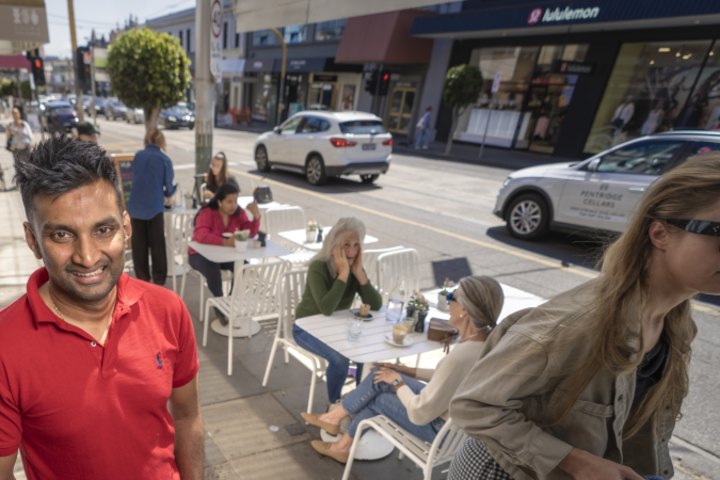
This is borne out by the Walk The Strip report, which shows strips such as Bridge Road, Richmond continue to struggle with vacancy rates of 14 – 15 per cent.
Another High Street Armadale retailer, Lahiru Kumarage, owner of High Society Café, said there was “huge foot traffic” on the strip compared with a year ago.
“We get many locals, but also nearby office workers coming into our cafe. We’re busiest at lunchtime, between twelve and 2pm.”
The pick-up in foot traffic has encouraged the likes of Queensland fashion label Dissh, backed by Rich Lister Brett Blundy, Sydney butcher Victor Churchill, bakery Ned’s Bake, Lune Croissanterie and boutique grocers The Leaf Store to open up on the High Street.
This is despite rent surging to up to $2000 a square metre for prime spots, making it Melbourne’s most expensive retail strip ahead of Church Street, Brighton (the country’s tightest retail strip with a 0.7 per cent vacancy rate), where retail rents average $1300 to $1400 per square metre.
On recovering Chapel Street in South Yarra, a greater willingness by some landlords to downwardly adjust rents and offer more flexible leasing terms has helped lease up vacant shops, Mr Lockwood said.
“Ten years ago you were paying $1500 per square metre. Now you’re paying $500 to $600,” he said.
Mr Lockwood said high vacancy on Bridge Road – particularly between Punt Road and Church Street – related to this part of the strip “still finding its identity” following the exodus of discount fashion outlets that dominated it.
The much lower 7.2 per cent vacancy rate on the Church Street to Burnley Street eastern end of Bridge Road was being driven by hospitality businesses and the completion of apartment projects, he said.


